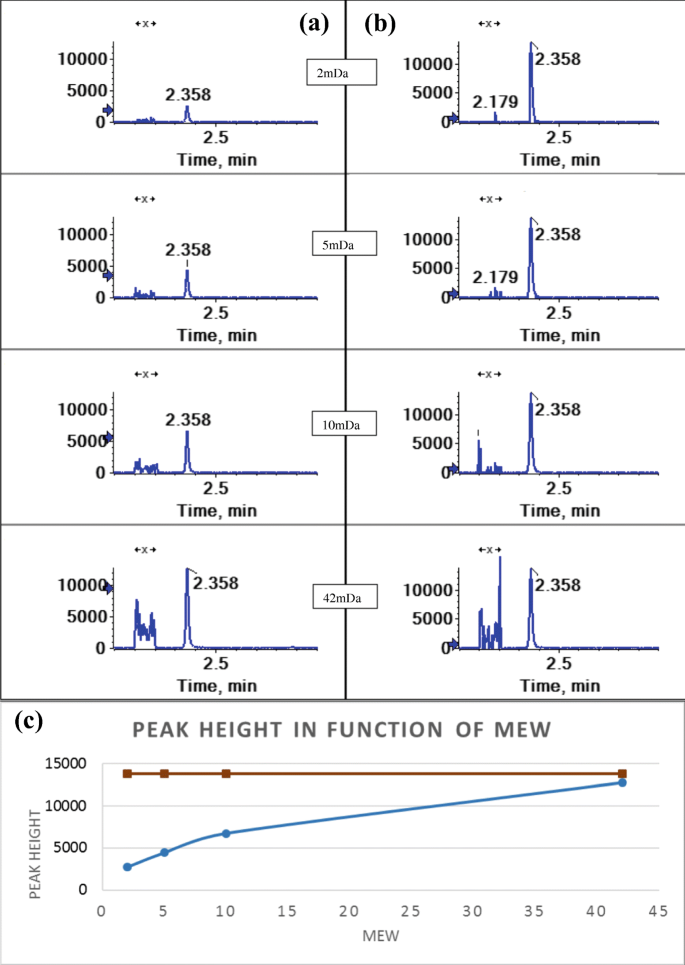
Depleting macrophages during acute liver injury delays liver regeneration by suppressing hepatocyte proliferation and tissue remodelling 11. Liver macrophages are hepatic NPCs that contribute to cell proliferation and tissue remodelling by producing pro-inflammatory cytokines and extracellular matrix (ECM) degradation enzymes 10, 11. We focused on the role of immunocytic macrophages in liver regeneration. Changes in metabolite levels within the regenerating liver, and in drug metabolism, were not addressed. Liver injury can affect metabolic activity however, previous reports focused only on histological features. Metabolic zonation is compromised by liver injury 8, 9. The hepatocytes located around the portal vein (periportal hepatocytes) are responsible for urea synthesis, β-oxidation, and gluconeogenesis, whereas those situated around the central vein (pericentral hepatocytes) are for glutamine synthesis, lipogenesis, and glycolysis. Gradients of oxygen, hormones, and nutrients in liver lobules cause spatial heterogeneity of hepatocytes. The spatial distribution patterns reflect metabolic zonation of the liver 7. Some metabolic liver functions have spatial distribution patterns, meaning that each hepatocyte can change the expression levels of metabolic enzymes in the liver lobules. However, it remains unclear how tissue remodelling affects liver metabolism during regeneration, and how damaged metabolic functions regenerate after injury. Such changes in liver metabolism are referred to as metabolic remodelling, and contribute to liver regeneration, cell proliferation and tissue remodelling. Hepatocytes dynamically remodel their metabolic functions to balance cell division and energy production during liver regeneration 6. The tissue architecture is remodelled by hepatic non-parenchymal cells (NPCs) 5. In experimental models of acute liver injury, hepatocyte death in injured zones is compensated by the proliferation of adjacent hepatocytes and other hepatocytes located far away from the injured zones 3, 4. The liver lobules are constructed with the hepatocytes arranged along a microvascular structure that distinguishes portal vein and central vein vasculature zones. The liver exhibits repetitive anatomical units called liver lobules. Liver regeneration involves cell proliferation and remodelling of the tissue architecture. The liver has remarkable regenerative capacity to maintain homeostasis, even after suffering severe damage 1, 2. Our study reveals one aspect of the regenerative machinery for hepatic metabolism following acute liver injury. The plasma BCAA concentration reflected recovery of hepatic function during regeneration. Metabolomic analysis revealed that liver branched-chain amino acid (BCAA) and carbohydrate metabolism were suppressed by injury. The model revealed that drug metabolic function was resilient against the dysfunction caused by liver injury, but glutamine synthesis was not. In addition, recovery of metabolic functions was delayed by suppressing the tissue remodelling caused by the depleted macrophages.

Depleting macrophages suppressed tissue remodelling and partially delayed cell proliferation during regeneration after liver injury. We employed a mouse model of carbon tetrachloride (CCl 4) induced-acute liver injury with clodronate-induced macrophage depletion to clarify the impact of liver injury on liver metabolism and recovery dynamics of metabolic function and liver zonation during regeneration. The mechanisms controlling the proliferation of hepatocytes and the accompanying matrix reconstruction during regeneration have been well explored, but the recovery potential of differentiated metabolic functions and zonation after liver injury remains unclear. Liver metabolic functions exhibit spatial heterogeneity, reflecting liver zonation. The liver is an exclusive organ with tremendous regenerative capacity.


 0 kommentar(er)
0 kommentar(er)
